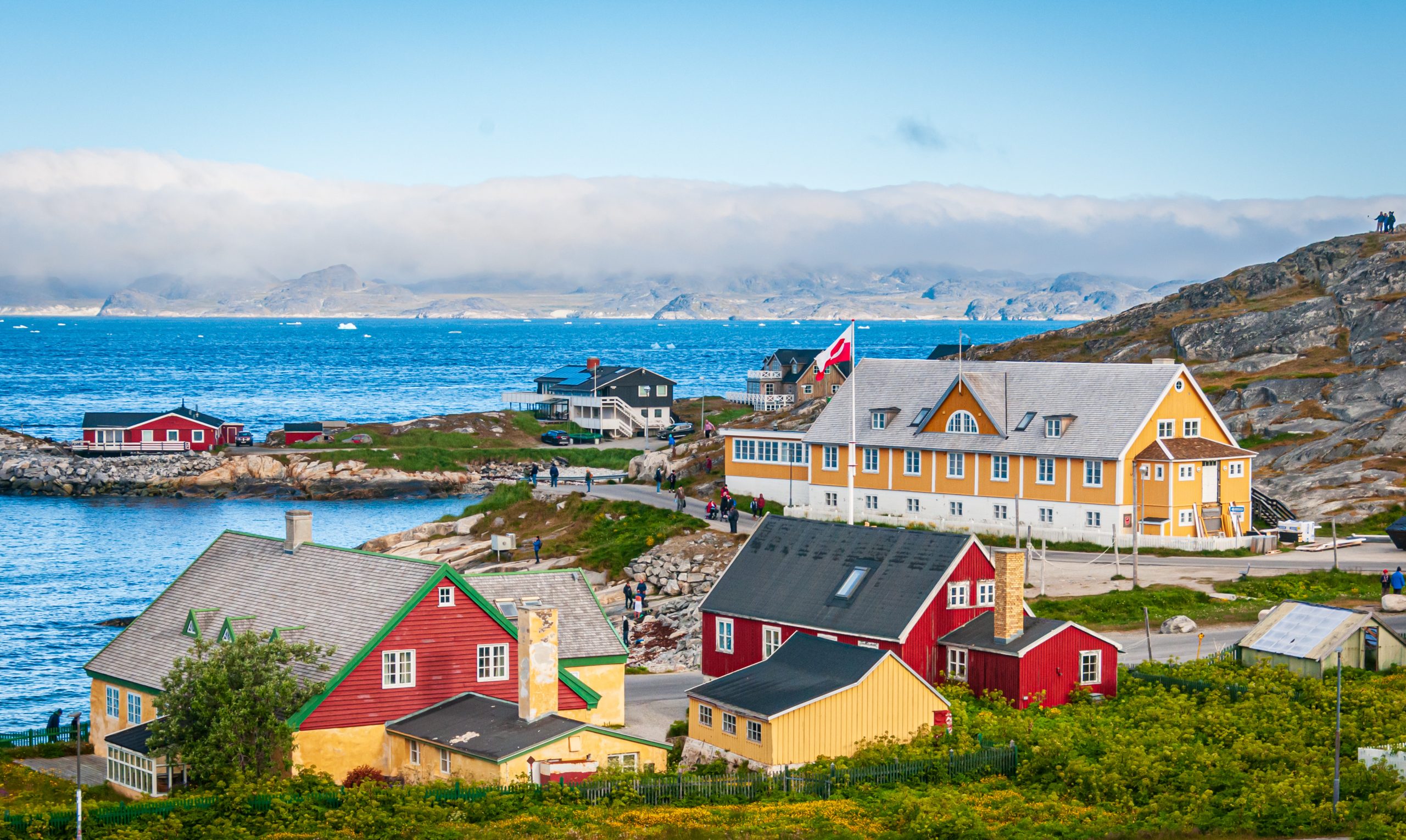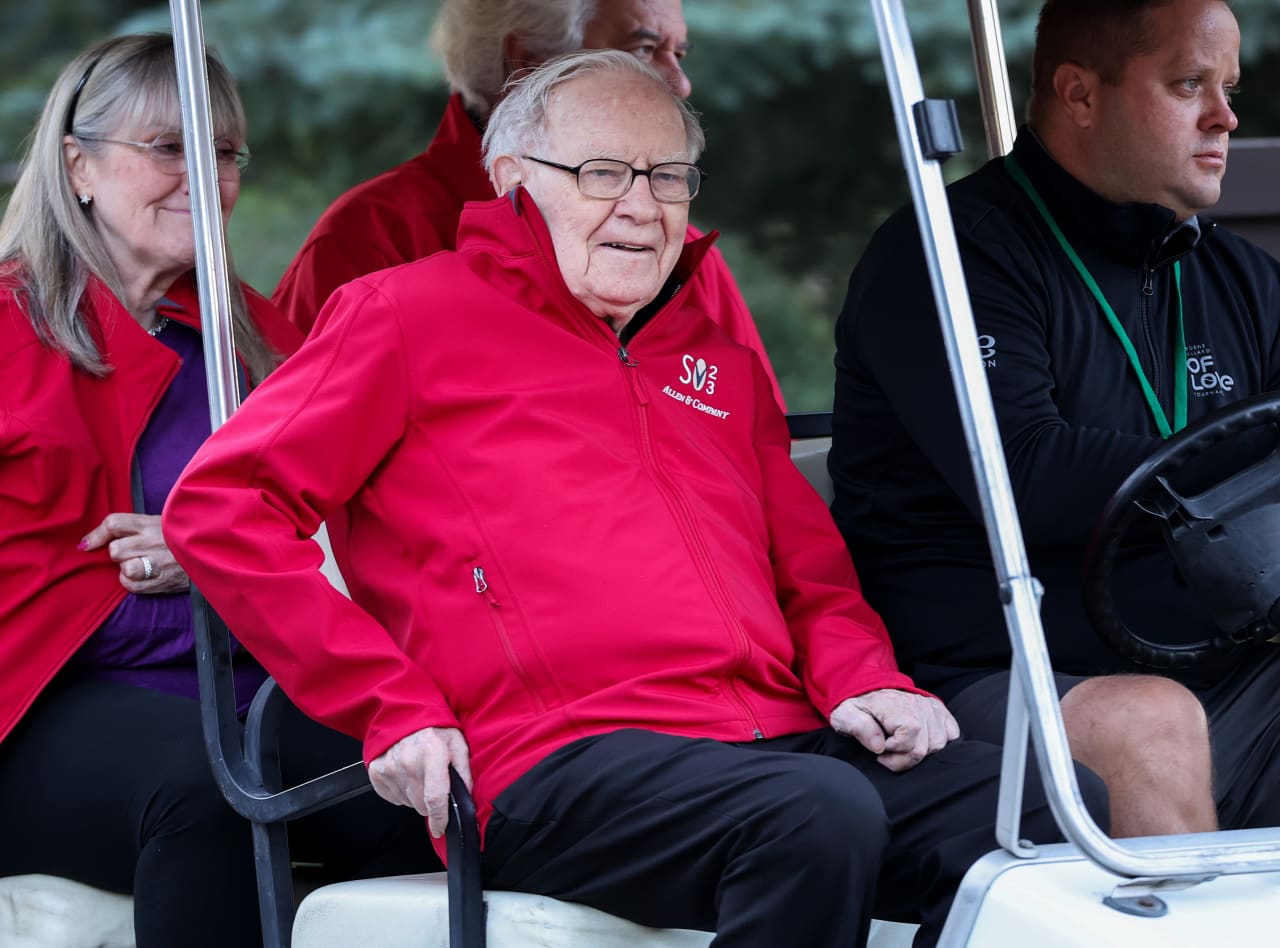Retirement Is a Time to Downsize—and Not Just Stuff
On the one hand, we’re systematically labeling which things to get rid of, and when. But we’re also downsizing our ambitions.
The first year in retirement is often the most difficult. But it also can set the stage for how you’ll fill the years ahead—both financially and psychologically. Stephen Kreider Yoder, a longtime Wall Street Journal editor, joined his wife, Karen Kreider Yoder, in retirement a year ago. In this monthly Retirement Rookies column, the 66-year-olds chronicle some of the issues they are dealing with early in retirement.
Karen
In the kitchen, I look up at my woven companions—16 baskets atop the cabinets. They’re from a dozen countries, and they radiate warm memories.
But wait, do I need so many baskets? And 40 more are around the house, many as decorations or stored in closets.
I’m trying to get rid of stuff methodically early in retirement, and it’s beginning to feel like a steady job. There’s no urgency. But when the time comes for a smaller place, I want to be ready. That time could come any time.
I want to winnow our possessions before there’s a health crisis or moving van at the door, while I can do the hard work of organizing and categorizing, of identifying what I need long-term, what to disperse and what to pitch.
It’s partly psychological. As I age, I find I have less room in my head to keep track of things. And the sheer numbers of some possessions create a growing mental tension.
We were ahead of the game when we retired. We moved a dozen times in 44 years, each time purging a bit. Helping our parents downsize inspired us often to do a sweep of our own when we got home.
Now that we’re both retired, I’ve created some downsizing categories to keep me from being overwhelmed:
• Don’t use it, don’t need it. Old electronics and orphaned cords. Knickknacks without sentimental value. My 20 thimbles from around the world, only one of which I ever use. The 150 beautifully sharpened No. 2 pencils in a row of blue-and-white ceramic pots, one labeled “Pencil Collectors Society.”
I’ll use perhaps a dozen pencils the rest of my life. The others can be off to Goodwill now, along with everything else in this category.
• Things we use now but won’t in a smaller space. Some of the guest-room furniture, extra chairs, large house plants, the piano, a rusty wheelbarrow. We should do an inventory now and label what we’ll ditch when we move.
• Stuff only I can handle. My childhood report cards, recital programs, work accomplishments, letters and such are a priority for thinning out now. Nobody else can make sense of them, but it can feel like throwing away bits of myself.
“But Mom, you have to save all of that,” says our son Isaac. “It’s like your personal legacy.” Maybe I’ll keep more than I intended, for our boys to root through as a window into my youth. (But, I wonder, will they really care about those report cards?) At least, though, I should organise it.
• Family heirlooms and mementos. These, too, are hard to part with, imbued with family history and shared memories.
We aren’t antiquers, but we do have a few elegant old Japanese tansu cabinets the kids grew up with. And I have about 25 quilts, some I made starting at age 7, and many from family and friends. They are works of art and full of memories but too many to fit in a condo.
The boys say they want some but are still too mobile, so at least I should make a plan for who gets what.
• Things I want by my side through older years. Family photos. My Japanese pottery. Journals from our travels. My quilt frame.
And baskets. I have always cherished handmade baskets. My first is from South Dakota, where at 16 I learned willow-basket making from two local weavers. I can’t part with it.
When our son Levi is home, we eat sticky rice with our fingers out of little lidded Laotian rice baskets, recalling Laos when he was age 2 and clutched his sticky-rice basket as we bicycled around Luang Prabang.
In our guest-room closet is a Japanese backpack basket—a gift from a student’s family—whose weaver was a Japanese National Treasure. In my reading room is a basket we bought in a Philippines market in 1987, not knowing it was for a baby until locals pointed and laughed knowingly. It became a bassinet to our three babies, and it’s a treasure.
Five dozen baskets is too many now. How many is just enough?
Steve
A classical guitar in its case stares at me from a corner of the bedroom. “Play me,” it taunts, and I look the other way.
Maybe it’s time I got rid of my lonely 1972 Alvarez Yairi as part of our gradual downsizing.
A tougher thought: I should probably also downsize my pipe dream of someday playing a guitar even moderately well, along with dozens of other unrequited ambitions I’ve clung to for decades. And I’ve got a few erstwhile passions I might best surrender now as well.
Karen talks of ditching stuff, and I’ve got plenty of boxfuls to sacrifice—textbooks, decrepit power tools, hardware that definitely might come in handy some time.
I also should release one or both of my vintage Honda motorcycles, which I’m sentimentally attached to but haven’t ridden in ages.
But for me, downsizing is more than getting rid of stuff. It’s about getting rid of conceptions of myself—of who I was, who I am and who I want to be.
That is, I should sell my motorcycles not just because they take space, but also because I think I’ve permanently moved on from motorcycling, my passion for decades starting at age 12.
Same with my skis and skiing.
Retirement has had a way of giving me permission to begin letting go—of my professional identity, my urge to do financial planning without help, the delusion that I’ll be fit forever. That permission makes it a good time for some wanna-do triage.
There are things I still intend to get to, now that I have more time. I want to weld better, brush up my Spanish, improve my swimming, study more history and learn to drive an 18-wheeler. There are activities we’re already stepping up, like traveling more in Africa, cycling around America, visiting family and seeking long-term volunteering opportunities that match our skills.
But finding time for all of it requires that I liberate other I-will-get-to-its that are increasingly a mental burden. I will probably never learn Arabic and should forgive myself of that, and French. I can get rid of the beer-brewing equipment I bought when I was 23 and discharge the notion that I’ll ever learn to use it.
I will probably never write a book; may I free myself from that weight? I hereby declare I can die happy enough without visiting Machu Picchu, the Galápagos or Rome as I’d once hoped to do. There are plenty of other places we want to go, and not time for everywhere.
Our house is a standing to-do list of fun projects I’ve put off and may never get to—or shouldn’t, lest I fall off a ladder and meet an untimely demise. Let’s just release some of those projects, too.
When I bought the Alvarez in 1981, my guitar teacher said I had talent. His kind words kindled my decades-long conviction that I would learn to play it well, eventually. We moved to Japan the next year, and I took along the guitar but didn’t find a teacher—temporarily, I told myself.
The guitar moved with us many times until 2012, when Karen bought me lessons with a fabulous teacher for my birthday and I began learning again. I did pretty well, even playing in a few modest recitals. But I dropped it—temporarily, I said—when we moved out of town for a year.
Now there it sits. It’s time to set it free.
Or is it? I finally have the bandwidth. I just opened the case, and only one string is broken, a good omen. Maybe this time I really can learn to play it.
 Copyright 2020, Dow Jones & Company, Inc. All Rights Reserved Worldwide. LEARN MORE
Copyright 2020, Dow Jones & Company, Inc. All Rights Reserved Worldwide. LEARN MORE
This stylish family home combines a classic palette and finishes with a flexible floorplan
Just 55 minutes from Sydney, make this your creative getaway located in the majestic Hawkesbury region.
Impact investing is becoming more mainstream as larger, institutional asset owners drive more money into the sector, according to the nonprofit Global Impact Investing Network in New York.
In the GIIN’s State of the Market 2024 report, published late last month, researchers found that assets allocated to impact-investing strategies by repeat survey responders grew by a compound annual growth rate (CAGR) of 14% over the last five years.
These 71 responders to both the 2019 and 2024 surveys saw their total impact assets under management grow to US$249 billion this year from US$129 billion five years ago.
Medium- and large-size investors were largely responsible for the strong impact returns: Medium-size investors posted a median CAGR of 11% a year over the five-year period, and large-size investors posted a median CAGR of 14% a year.
Interestingly, the CAGR of assets held by small investors dropped by a median of 14% a year.
“When we drill down behind the compound annual growth of the assets that are being allocated to impact investing, it’s largely those larger investors that are actually driving it,” says Dean Hand, the GIIN’s chief research officer.
Overall, the GIIN surveyed 305 investors with a combined US$490 billion under management from 39 countries. Nearly three-quarters of the responders were investment managers, while 10% were foundations, and 3% were family offices. Development finance institutions, institutional asset owners, and companies represented most of the rest.
The majority of impact strategies are executed through private-equity, but public debt and equity have been the fastest-growing asset classes over the past five years, the report said. Public debt is growing at a CAGR of 32%, and public equity is growing at a CAGR of 19%. That compares to a CAGR of 17% for private equity and 7% for private debt.
According to the GIIN, the rise in public impact assets is being driven by larger investors, likely institutions.
Private equity has traditionally served as an ideal way to execute impact strategies, as it allows investors to select vehicles specifically designed to create a positive social or environmental impact by, for example, providing loans to smallholder farmers in Africa or by supporting fledging renewable energy technologies.
Future Returns: Preqin expects managers to rely on family offices, private banks, and individual investors for growth in the next six years
But today, institutional investors are looking across their portfolios—encompassing both private and public assets—to achieve their impact goals.
“Institutional asset owners are saying, ‘In the interests of our ultimate beneficiaries, we probably need to start driving these strategies across our assets,’” Hand says. Instead of carving out a dedicated impact strategy, these investors are taking “a holistic portfolio approach.”
An institutional manager may want to address issues such as climate change, healthcare costs, and local economic growth so it can support a better quality of life for its beneficiaries.
To achieve these goals, the manager could invest across a range of private debt, private equity, and real estate.
But the public markets offer opportunities, too. Using public debt, a manager could, for example, invest in green bonds, regional bank bonds, or healthcare social bonds. In public equity, it could invest in green-power storage technologies, minority-focused real-estate trusts, and in pharmaceutical and medical-care company stocks with the aim of influencing them to lower the costs of care, according to an example the GIIN lays out in a separate report on institutional strategies.
Influencing companies to act in the best interests of society and the environment is increasingly being done through such shareholder advocacy, either directly through ownership in individual stocks or through fund vehicles.
“They’re trying to move their portfolio companies to actually solving some of the challenges that exist,” Hand says.
Although the rate of growth in public strategies for impact is brisk, among survey respondents investments in public debt totaled only 12% of assets and just 7% in public equity. Private equity, however, grabs 43% of these investors’ assets.
Within private equity, Hand also discerns more evidence of maturity in the impact sector. That’s because more impact-oriented asset owners invest in mature and growth-stage companies, which are favored by larger asset owners that have more substantial assets to put to work.
The GIIN State of the Market report also found that impact asset owners are largely happy with both the financial performance and impact results of their holdings.
About three-quarters of those surveyed were seeking risk-adjusted, market-rate returns, although foundations were an exception as 68% sought below-market returns, the report said. Overall, 86% reported their investments were performing in line or above their expectations—even when their targets were not met—and 90% said the same for their impact returns.
Private-equity posted the strongest results, returning 17% on average, although that was less than the 19% targeted return. By contrast, public equity returned 11%, above a 10% target.
The fact some asset classes over performed and others underperformed, shows that “normal economic forces are at play in the market,” Hand says.
Although investors are satisfied with their impact performance, they are still dealing with a fragmented approach for measuring it, the report said. “Despite this, over two-thirds of investors are incorporating impact criteria into their investment governance documents, signalling a significant shift toward formalising impact considerations in decision-making processes,” it said.
Also, more investors are getting third-party verification of their results, which strengthens their accountability in the market.
“The satisfaction with performance is nice to see,” Hand says. “But we do need to see more about what’s happening in terms of investors being able to actually track both the impact performance in real terms as well as the financial performance in real terms.”
This stylish family home combines a classic palette and finishes with a flexible floorplan
Just 55 minutes from Sydney, make this your creative getaway located in the majestic Hawkesbury region.






















